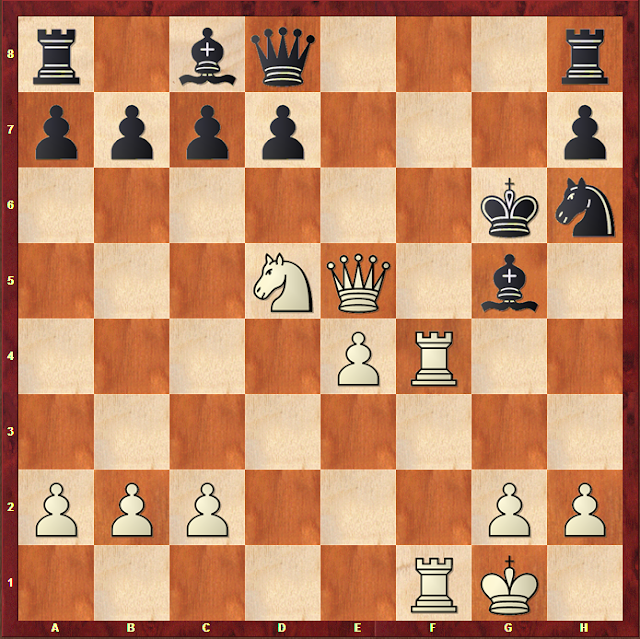Pushing the envelope

Back to the basics. Having done a lot of mate in 1-hard (M1-h) lately, it becomes clear that it is important to have your chess atoms in top condition. Under chess atoms (the chess basics) I comprehend the four basic actions of Radovic: Attack Restrict Block Protect In a way 15 seconds per M1-h is not so shabby, when you consider the workload you process in those 15 seconds. Yet I feel it should be possible to do it much faster. But in order to do so, I have to become much faster at the basics. I don't think it is a waste of time to work on M1 solely. When I do chess problems at CT, it is evident that I suffer from the same weakness, being slow with the basics. I expect that improvement of the basics acquired doing M1, fully transfers to the other regions of tactical problems. Comparing mate in 1-easy (M1-e) to mate in 1-hard (M1-h). I compared the M1-e with the M1-h. The main difference that I found is that with the M1-e the king is often at the rim of the boar...











